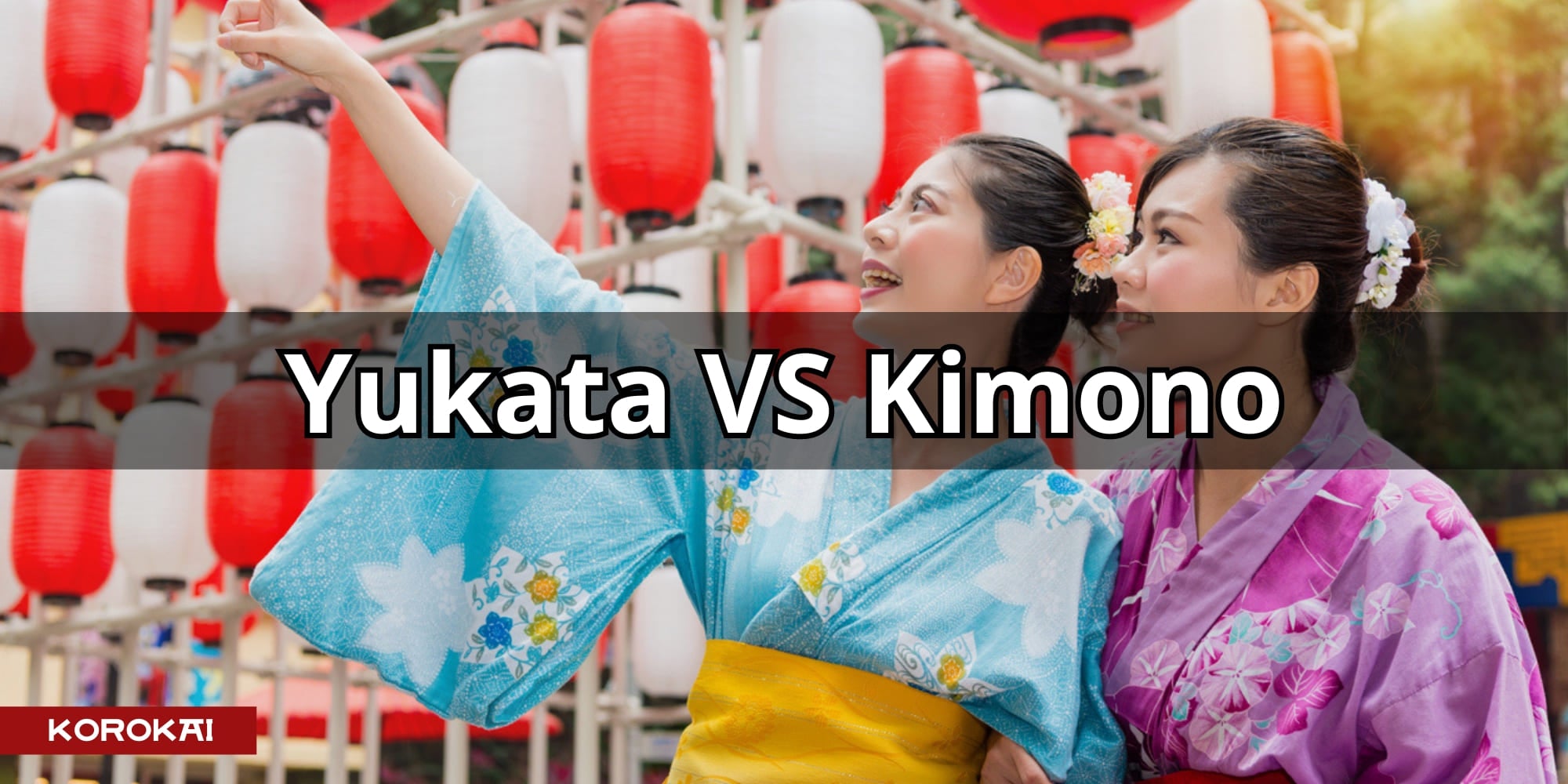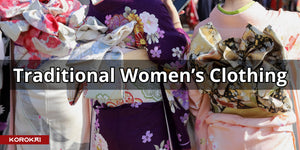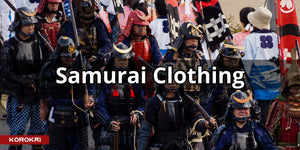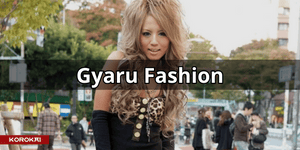1. History and Origin

Kimono Origin
The kimono, a quintessential emblem of Japanese tradition, has evolved significantly from its origins in the Heian period (794-1185 AD). Initially, it was a simple garment that transformed over centuries, influenced by social changes and aesthetic shifts. The kimono once consisted of multiple layers, suitable for the aristocracy, which symbolized status and elegance. As time passed, the garment became more streamlined but retained its sophisticated symbolism through intricate designs and fabrics, showcasing a rich tapestry of Japanese history and culture through each thread and pattern.
Yukata Origin
Originally a casual Japanese summer garment worn by the aristocracy after bathing, the yukata has transformed into a popular cultural symbol. Made from cotton, it is lighter and more comfortable, embodying the festive spirit of Japanese summers. Over time, the yukata has shed its elite associations to become a staple at summer festivals, known as matsuri, and fireworks displays, known as hanabi. Its ease of wear and affordability have made the yukata a favorite among all ages, symbolizing a blend of tradition and modern leisure in contemporary Japan.
2. Symbolism and Meaning

Kimono Symbolism
The kimono is not just a garment but a canvas of cultural expression, where every color, pattern, and fold holds significance. Traditionally, motifs on kimonos are chosen with specific intentions, such as cranes for longevity or cherry blossoms for the transient nature of life. These symbols serve not only to beautify but also to convey messages and celebrate occasions like marriages or significant achievements. Wearing a kimono can be a deliberate act of communication, reflecting the wearer’s status, personal beliefs, and life events, thus embodying a deep-rooted aspect of Japanese heritage and personal identity.
Yukata Symbolism
In contrast, the yukata carries less formal symbolism. Its patterns are often vibrant and playful, designed more for visual appeal and comfort rather than deep-seated meaning. While traditional motifs like waves or flowers are common, they are chosen more for aesthetic purposes than symbolic reasons. The yukata is primarily worn during Japanese summer events, where the focus is on relaxation and enjoyment. This shift reflects a more laid-back approach to traditional wear, making the yukata a popular choice for those looking to express a sense of style and ease during Japan’s festive summer season.
3. Manufacturing

Kimono Manufacture
The artistry behind a kimono is rooted in its materials and the meticulous processes used to create it. Traditionally crafted from luxurious fabrics like silk and brocade, the kimono is a masterpiece of textile craftsmanship. The weaving techniques involved are intricate, often requiring the expertise of skilled artisans who have honed their craft over generations. Dyeing methods such as Yuzen allow for the creation of detailed, vibrant patterns that can tell stories or represent natural scenes. Each kimono is a labor of love, often taking months to complete, reflecting its ceremonial significance and the deep cultural heritage of Japan.
Yukata Manufacture
The yukata, in contrast, is made using lighter, more breathable materials like cotton, making it ideal for the humid Japanese summers. The manufacturing process of a yukata is much simpler and less time-consuming than that of a kimono. Traditional patterns are often machine-printed rather than hand-dyed, a reflection of its more casual and utilitarian nature. This simplification not only makes yukata more affordable but also more accessible to a broader audience, allowing more people to participate in the festive aspects of Japanese culture without the formality and expense associated with a kimono.
4. Design and Patterns

Kimono Design
Kimonos are renowned for their diverse and intricate motifs, which are deeply symbolic and often tied to the natural world, reflecting the changing seasons. Spring designs might feature blooming sakura (cherry blossoms), while autumn designs could include maple leaves, each symbolizing the transient beauty of nature. The choice of colors and their combinations also play a critical role, not only in aesthetic appeal but also in conveying social status and personal taste. For instance, darker colors are traditionally worn by older individuals, and brighter colors by the young. This attention to detail ensures that each kimono is a personal statement and a work of art.
Yukata Design
The yukata sports generally simpler and more straightforward designs compared to the kimono. Its patterns, while still beautiful, are less formal, making it suitable for casual summer events. Contemporary influences have also seeped into yukata designs, introducing modern and stylized patterns that appeal to a younger demographic. These modern adaptations often incorporate bold, graphic prints and a brighter color palette, reflecting a fusion of traditional craftsmanship with modern fashion sensibilities. This blend makes the yukata an attractive option for those looking to wear something traditionally Japanese with a contemporary twist.
5. Occasions and Uses

Kimono Use
The kimono is reserved for the most formal of occasions, embodying elegance and tradition. It is the attire of choice for weddings, tea ceremonies, and other significant events where formal dress is required. The kimono also plays a pivotal role in traditional Japanese arts, such as kabuki theater, where elaborate, often hand-painted kimonos help tell a story and convey character nuances. The importance of the kimono in these settings showcases its deep cultural significance, serving not just as clothing but as a vital element of Japanese heritage and artistic expression.
Yukata Use
Conversely, the yukata is synonymous with the relaxed atmosphere of summer in Japan. It is commonly worn at matsuri (festivals) and hanabi (fireworks displays), where its light, airy fabric and simple ties suit the festive and often hot outdoor environment. The yukata's ease of wear and vibrant designs have made it particularly popular among young people and tourists, who embrace it not only as a way to stay cool but also to participate fully in the colorful cultural experience. The casual nature of the yukata makes it an accessible and fun way to enjoy traditional Japanese culture.
6. Price and Accessibility

Kimono Price
The kimono is renowned for its high cost, which is a direct reflection of the quality of materials used and the level of craftsmanship involved. Fabricated from fine silks and often hand-decorated with intricate designs, each kimono requires countless hours of meticulous labor. This makes them less accessible for everyday wear and more a garment reserved for special occasions. The exclusivity of kimonos, while adding to their allure and status, also limits their practicality for regular use, positioning them as luxury items within both the Japanese and global fashion markets.
Yukata Price
In contrast, the yukata is much more affordable and accessible, making it a popular choice for a wide range of people. The materials used are less expensive, and the manufacturing process is less labor-intensive compared to kimonos. This accessibility is enhanced by the availability of rental options, particularly appealing to tourists who wish to experience traditional Japanese culture firsthand without a significant investment. The yukata affordability and practicality encourage broader participation in cultural events, bridging the gap between tradition and modernity in a way that is inclusive and enjoyable.
So, When to Choose a Kimono or Yukata ?

Choosing a Kimono
Selecting a kimono is appropriate for events where formality and tradition are key. These garments are best suited for significant occasions such as weddings, formal ceremonies, and important cultural events. The kimono’s elegance and intricate design also make it the attire of choice for participating in traditional arts like the tea ceremony or a formal gathering. Choosing a kimono sends a message of respect and appreciation for deep-rooted customs, making it ideal for events where cultural significance is paramount. Its rich materials and detailed craftsmanship highlight the wearer's commitment to honoring tradition and embracing the ceremonial gravity of the occasion.
Choosing a Yukata
Opt for a yukata when attending casual events, especially during the warmer months. This lighter, more breathable garment is perfect for summer festivals, outdoor parties, and fireworks displays, where comfort is as important as style. The yukata ease of wear and vibrant designs align well with festive, relaxed settings. It's also an excellent choice for tourists or casual participants who want to engage with Japanese culture without the formality or expense of a kimono. The yukata offers a practical yet stylish way to enjoy traditional aesthetics in everyday life, making it ideal for those seeking both cultural authenticity and comfort.







